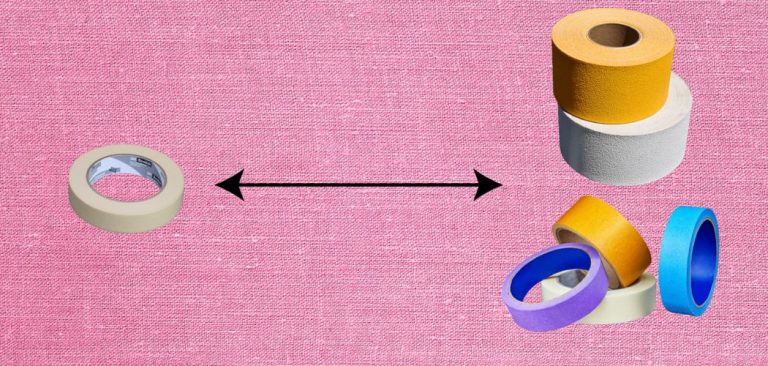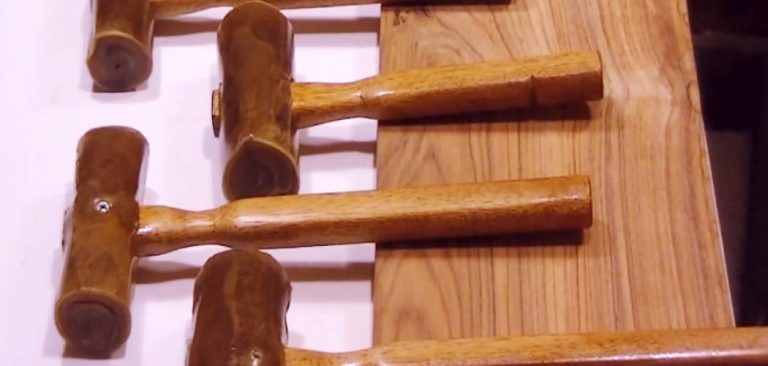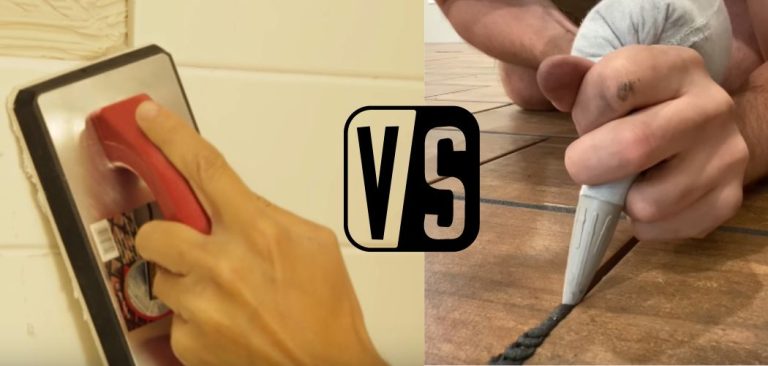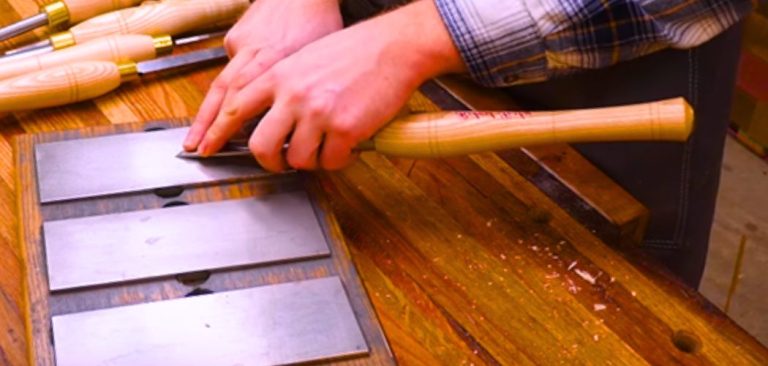How to Use Tile Nippers on Ceramic Tiles
Unlock your creative potential with the versatility of tile nippers! This comprehensive guide equips you with the knowledge to expertly use tile nippers on ceramic tiles, achieving seamless curved edges and intricate shapes. Delve into the world of tile cutting, from safety precautions to perfecting your technique, and explore alternative tools for various projects.
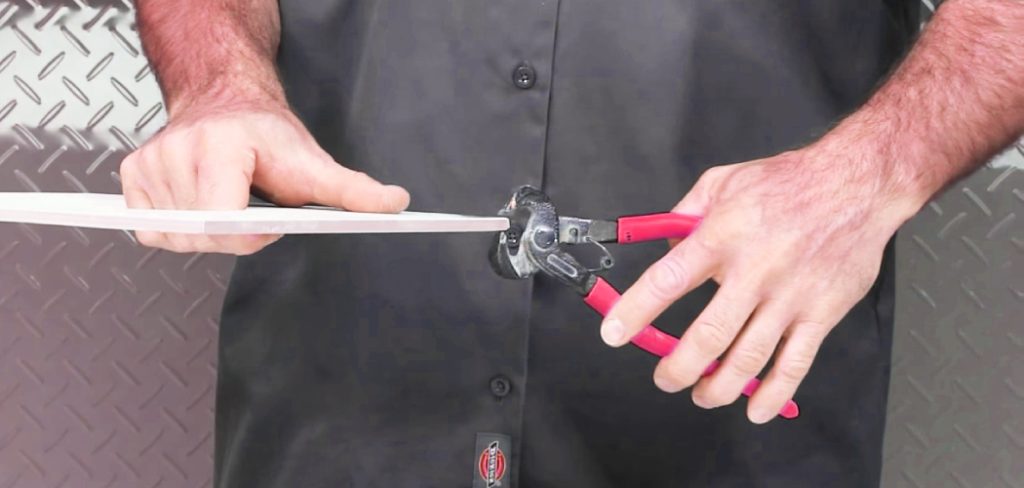
Mastering the Technique: How to Use Tile Nippers on Ceramic Tiles
Cutting ceramic tiles with tile nippers can be an efficient and effective way to achieve curved edges or intricate shapes. While they are not commonly used for straight cuts, they can be a valuable tool for certain projects. This guide will walk you through the process of cutting ceramic tiles with tile nippers,
Essential Equipment:
- Precision grease pencil/marker pen
- Protective safety glasses and reliable hand gloves
- Reliable compass and versatile utility knife
- High-quality tile nippers
- 180 to 240 grit sandpaper for the finishing touch
Step 1: Prioritize Safety First
Safety is paramount when working with tools. Before you begin, wear safety glasses to protect your eyes from flying debris, and wear gloves to safeguard your hands. Ensuring your safety will allow you to focus on achieving precise cuts.
Step 2: Line up the cutting line
Before cutting the ceramic tile, clearly outline the cutting path on its surface. If the tile’s glossy finish makes it challenging to mark with a pencil, choose a grease pencil for better visibility.
Employ a compass to draw an accurate and uniform line for curved or semicircular cuts. Enhance the cutting process by creating a shallow score along the marked line using a utility knife, which will act as a helpful guide throughout the subsequent cutting stages.
Step 3: Ready the Tile Nippers
Loosen the jaws of the tile nipper to accommodate the ceramic tile. Carefully insert the tile into the nipper’s jaws, ensuring it is firmly secured in place.
Step 4: Start Cutting
Begin cutting by making small, incremental cuts along the marked line. Cut in 1/2 inch increments up to the desired cut. Cut back slightly to stay within your intended distance when approaching the endpoint. Avoid cutting precisely along the edge, leaving a small buffer, as the tile nipper may accidentally remove too much material.
Step 5: Finish the cut
Once you have successfully cut along the last edge, indicate the cutting process is complete. Double-check the cut to make sure it meets your desired specifications.
Step 6: Sand the clipped edges
To get a smooth and polished finish, use 180 to 240 grit sandpaper to sand the clipped edges of the ceramic tile. This step also helps remove sharp edges, making the finished product safer.
Exploring Alternatives: Tools Beyond Tile Nippers for Ceramic Tiles
If a tile nipper isn’t at your disposal, fret not – there are alternative tools and techniques to cut ceramic tiles effectively. I’ve detailed these options below, ensuring you’ll have the right resources for the job. Furthermore, employing these tools will enable you to create impeccably precise tile cuts, resulting in stunning outcomes.
1. Angle Grinder with Diamond Blade
An angle grinder with a diamond blade can cut ceramic tiles. It provides a fast cutting speed and is suitable for straight cuts or edge shaping. However, it requires caution and proper handling due to the high speed and possibility of chipping or breaking the tiles.
2. Tile Saw
A tile saw is a special tool designed specifically for cutting tiles. It uses a diamond-tipped blade to make precise cuts. Tile saws are generally used for cutting large or complex shapes in ceramic tiles.
3. Glass Cutter
Utilizing a glass cutter involves scoring the ceramic tile’s surface for cutting. It’s effective for minor endeavors, but its efficacy depends on tile thickness and cutting precision.
However, its precision might be restricted in contrast to dedicated tiling tools or wet saws, particularly for substantial tile quantities. The width of the resultant cut by a glass cutter on these tiles typically falls within the range of 1/16 to 1/8 of an inch (1.5 to 3 mm).
FAQs for Aspiring Tile Artists
Can I Use Tile Nippers for Straight Cuts on Ceramic Tiles?
It is not suitable for straight cuts on ceramic tiles. Instead, use a tile cutter or wet saw for straight cuts. Tile cutters are manual tools that score and snap tiles along the line, while wet saws are power tools that use a diamond-coated blade and water for precise cuts.
How Do I Make a Curved Cut in Ceramic Tile Using a Tile Nipper?
For curved cuts, start at the center of the material to be removed and gradually move inward and outward along the scored cutting line. To avoid breaking the entire tile, take small, controlled bites, maybe 1/2 inch, and cut along the edge line just before cutting.
What Types of Tiles Are Suitable for Cutting With a Tile Nipper?
Tile nippers work well on standard ceramic tiles, which are relatively thin. They can be more challenging to use on thicker floor tiles or porcelain tiles, which are harder.
Can I Cut Natural Stone Tiles Like Marble or Granite With a Tile Nipper?
No, tile nippers are unsuitable for cutting natural stone tiles such as marble or granite. These materials require special cutting tools.
Do I Need to Soak the Ceramic Tile Before Using the Tile Nipper?
No, you do not need to soak the ceramic tile before using the tile nipper. Soaking is typically done for certain materials like natural stone to prevent cracking during cutting. However, you can use the tile nipper directly without soaking these tiles.
Can I Use Tile Nippers for Large Tile-cutting Projects?
Tile nippers are best suited for smaller projects or precise sizes of tiles. A wet saw or snap tile cutter may be more efficient for larger cuts. It is unsuitable for larger projects because they can be time-consuming and challenging.
Conclusion
I have introduced this article with the assistance of my friend Ridoy, who is experienced in working with ceramic tiles, and my insights. If your perspective varies, please share your comments below and enlighten me. Also, please distribute this article among your friends, encouraging me to strive for higher quality work. Take care and stay well.

